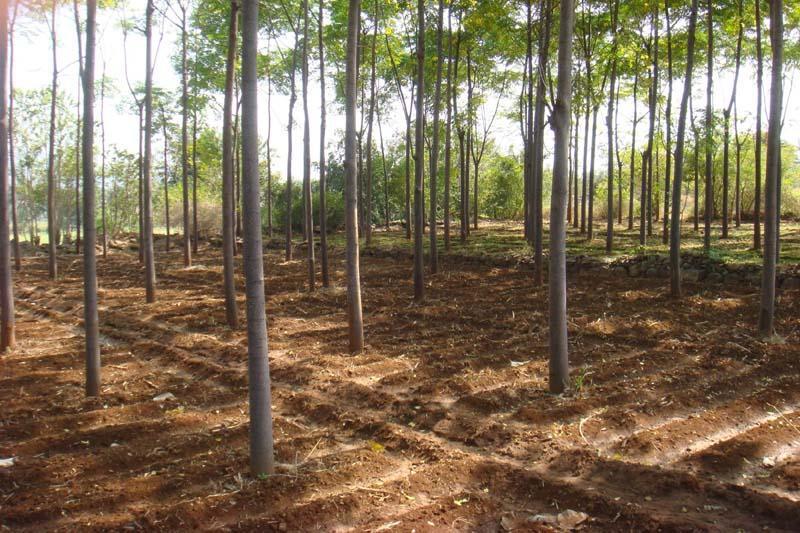
Malabar Neem Farming: Profitable Low-Cost Tree Business
In recent years, there has been a growing interest in agri-businesses that offer low-investment, high-return opportunities for small farmers. One such promising venture is Malabar Neem farming, which has gained popularity among farmers due to its fast growth rate, minimal water requirements, and high demand for its termite-resistant wood. In this blog post, we will explore the benefits of Malabar Neem farming and how it can be a lucrative business for small farmers.
What is Malabar Neem?
Malabar Neem (Azadirachta indica) is a species of neem tree native to India, which is widely cultivated for its medicinal, insecticidal, and industrial uses. The tree is known for its fast growth rate, reaching a height of 40-50 feet within 5-8 years. Its leaves, seeds, and bark are used in various industries, including cosmetics, pharmaceuticals, and pesticides.
Advantages of Malabar Neem Farming
Malabar Neem farming offers several advantages that make it an attractive option for small farmers. Some of the key benefits include:
- Low Investment: The initial investment required to start a Malabar Neem farm is relatively low. Farmers can purchase seedlings or saplings at a low cost, which can be grown in a small area.
- Fast Growth Rate: Malabar Neem trees grow rapidly, reaching harvest size in just 5-8 years. This allows farmers to earn a return on their investment quickly.
- Minimal Water Requirements: Malabar Neem trees are drought-tolerant and require minimal watering, making them ideal for areas with limited water resources.
- Termite-Resistant Wood: The wood of Malabar Neem trees is termite-resistant, making it highly sought after by the furniture, packaging, and matchstick industries.
- Multiple Uses: Malabar Neem trees have multiple uses, including medicinal, insecticidal, and industrial applications.
Business Model
To start a Malabar Neem farm, farmers can follow the following business model:
- Land Selection: Choose a flat area with well-drained soil, as Malabar Neem trees prefer well-drained soil.
- Seedling/Sapling Purchase: Purchase seedlings or saplings from a reputable nursery or supplier.
- Planting: Plant the seedlings or saplings at a spacing of 10-15 feet, with a spacing of 5-7 feet between rows.
- Irrigation: Water the trees regularly, especially during the first year, to ensure proper growth.
- Pruning: Prune the trees regularly to promote healthy growth and prevent overcrowding.
- Harvesting: Harvest the trees when they reach a height of 40-50 feet, which typically takes 5-8 years.
Revenue Streams
Malabar Neem farming offers several revenue streams, including:
- Wood Sales: Sell the termite-resistant wood to furniture, packaging, and matchstick industries.
- Leaves and Seeds: Sell the leaves and seeds to pharmaceutical, cosmetic, and pesticide companies.
- Bark: Sell the bark to companies that use it in the production of medicines and cosmetics.
Case Study
A study conducted by Ascendants, a leading agri-business platform, found that a farmer who planted 5,000 Malabar Neem trees on 4 acres of land can earn up to ₹50 lakh over time. This is a remarkable return on investment, considering the low initial investment required to start a Malabar Neem farm.
Conclusion
Malabar Neem farming offers a low-investment, high-return opportunity for small farmers. With its fast growth rate, minimal water requirements, and termite-resistant wood, Malabar Neem trees are in high demand. By following a well-planned business model and harvesting the trees when they reach maturity, farmers can earn a significant income over time. Whether you’re an experienced farmer or just starting out, Malabar Neem farming is definitely worth considering.
News Source
https://ascendants.in/business-stories/malabar-neem-farming-low-investment/






